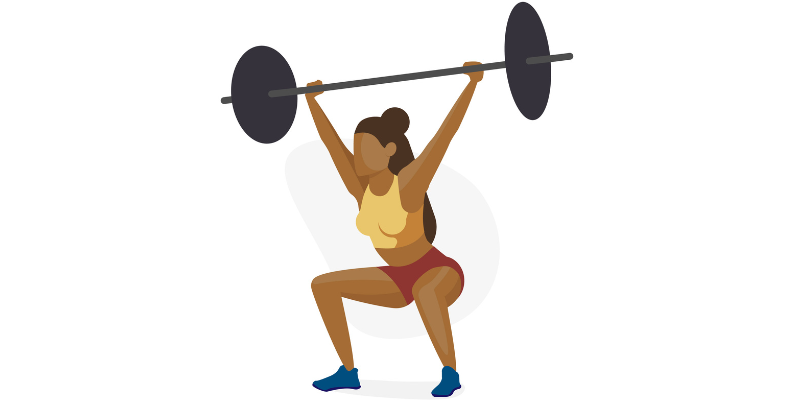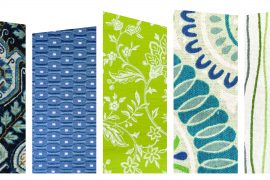By Amanda N. Wegner
While we might not like it, change is good, especially with fitness routines. In fact, well-vetted research shows that varying your fitness routine stimulates your body, mind and muscles in new ways, helping you to progress and decreasing the risk of injury.
While you could try new classes at your gym, a change of format might do your body good, and here are five outside-the-box options to consider.
BOXING
If you have a competitive streak and like combat-type sports, consider boxing, and one local option is Canvas Club Boxing (CCB), located inside Middleton Fire Station 1 on University Avenue. Guaranteeing a “full-body burn,” CCB offers intro classes and classes for youth and teens, but its signature offering is Sweat Box, a no-contact workout combining cardio, core, speed, agility and strength training. CCB is open to all levels, so try this option if you want to punch up your fitness routine.
In addition, several other gyms around Madison, like Ford’s Gym on the east side, offer boxing for those interested in boxing fundamentals or pursuing the sport competitively.
ATHLETIC TRAINING
If you have athletic aspirations, you must train like an athlete. D1 Training Madison West offers a sports science- backed approach to training that has been used successfully by collegiate and professional athletes. D1’s 5-Star Training program ensures an athletic workout for the entire body, and is a 54-minute workout that progresses through dynamic warm-ups, performance, strength training, core and conditioning, and a cool-down.
Billed as a non-traditional sports training facility and utilizing equipment not found in other fitness centers, D1’s group classes are best for someone with fitness experience. Personal training and family training is also available.
BARRE
Hit the barre if you like yoga, Pilates and a good ol’ booty burn. This functional class helps improve posture, balance and coordination, build strength and muscular endurance, and fire up your core. While the moves might look easy, barre classes are challenging — but they can also be ramped up or down, depending on your needs. It’s a good choice for those with joint or back issues, as the movements are low impact and work the muscles that need some love to support your body better.
The Madison area has several barre studios, including barre3, Barre District and The Barre Code. In addition, some yoga studios also offer barre classes.
CROSSFIT
If lifting heavy things is your thing, check into CrossFit. As home to the CrossFit Games since 2017, the greater Madison community is familiar with this style of training that focuses on constantly varied functional movements performed at high intensity. CrossFit gyms are typically called “boxes,” and workouts may include heavy lifting, box jumps, pullups and pushups, and handstands, among other things. If you’re new to CrossFit, most boxes require you first to complete a fundamentals program or work with a trainer to ensure your safe start with the program. With numerous CrossFit boxes in the Madison area, it’s easy to find one close to you.
NINJA/OBSTACLE COURSE FITNESS
If you’re into big jumps, flying through the air, testing your grip strength and generally being hard core, you might want to consider ninja fitness (sometimes called obstacle fitness). Inspired by the TV show “American Ninja Warrior” and similar offerings that demonstrate the limits of human strength through crazy obstacles and challenges, ninja fitness brings something new with each training session and pushes your whole body to its limits. This is not for the faint of heart or those brand new to fitness.
Located on Madison’s north side, ORTHDX Natural Fitness specifically offers ninja warrior training programs, has its own ninja warrior team and hosts competitions.



